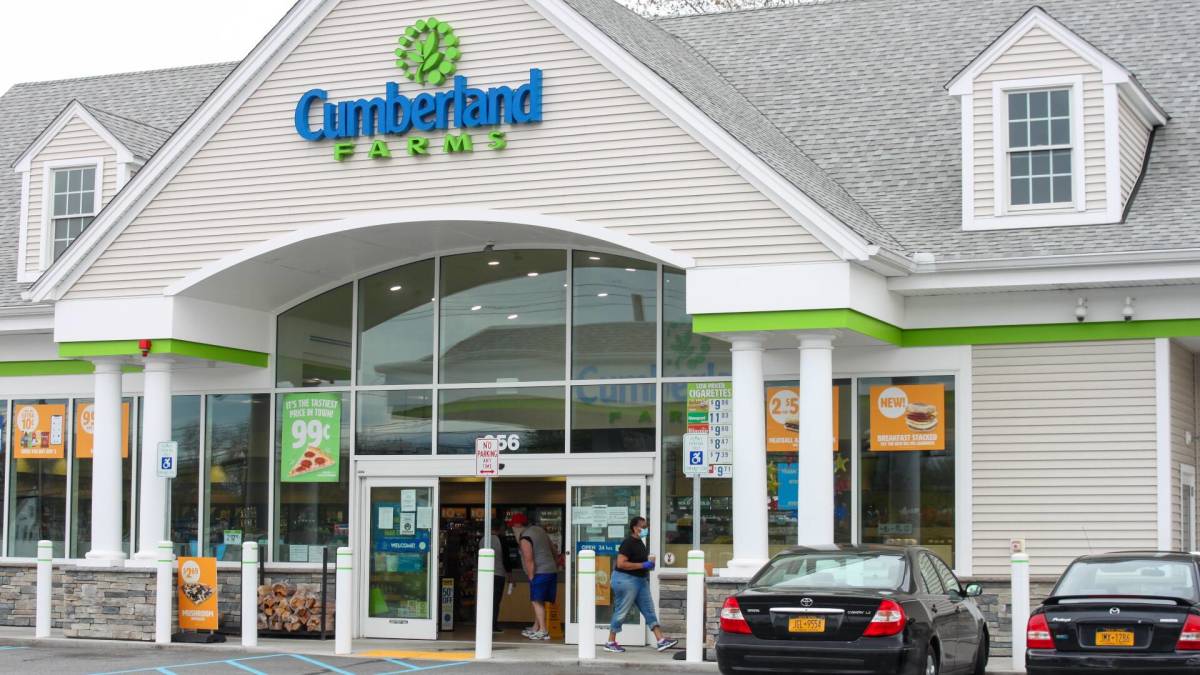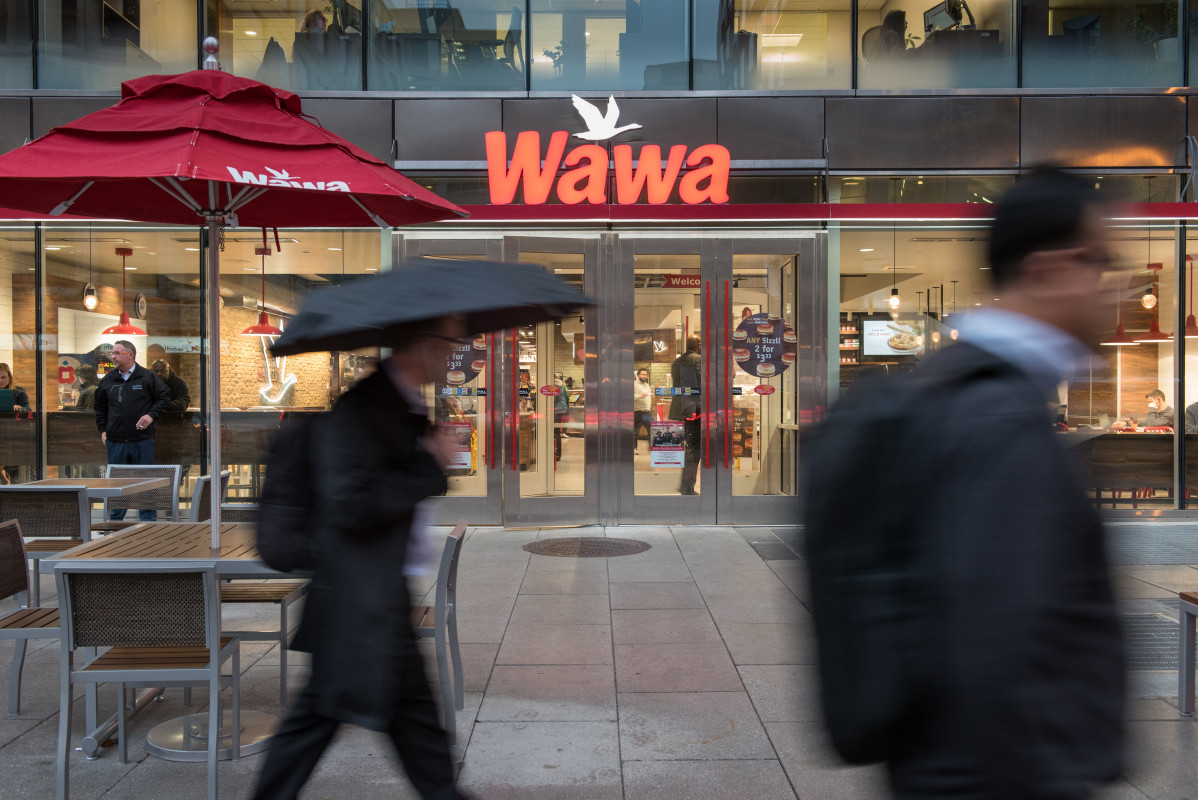
Many of us enjoy dining out from time to time.
It's a great way to get out of the house, try a new restaurant downtown, or catch up with loved ones.
Related: Warren Buffett has a genius plan to 'end U.S. deficit in 5 minutes'
Dining out resurged when the covid pandemic eased. Pent-up demand for other people's cooking came back with a vengeance.
But life is more expensive these days. According to the most recent consumer-spending report, folks actually spent 0.2% less in October – a noteworthy change compared with September's more promising 0.7% rise.
Data from the most recent Consumer Price Index shows that the prices of many goods and services are higher compared to past prices. Here's a breakdown of how different items rose over the past 12 months:
- Food: up 3.3%
- Food at home: up 2.1%
- Food away from home: up 5.4%
- Energy: down 4.5%
- Electricity: up 2.4%
- New vehicles: up 1.9%
- Apparel: up 2.6%
- Medical care commodities: up 4.7%
- Shelter: up 6.7%
- Transportation services: up 9.2%
In all of 2022 food prices jumped 10.4% overall. It's too early to see how much food prices might jump in 2023 since we've still got just under a month to round out the year, but the figure probably won't decline much, if at all.
Consumers opt for something beyond restaurants
So crafty diners are finding other ways to get their dining out fix.
Many are instead getting their prepared foods from convenience stores instead, according to Technomic's Donna Hood Crecca.
That's because, even though prices are up nearly everywhere, consumers are less likely to give up going to convenience stores, since that's where they get anything from toilet paper to gas to chewing gum.

It's easier to cut out a stop at the drive-through or local restaurant chain, since one doesn't need to go there. But you kind of need TP.
“One reason the majority are staying engaged with c-store foodservice is they find value in the offering,” Crecca told CSP in a recent interview.
“Our data shows that nearly seven in 10 consumers are satisfied with the value of c-store food service, with satisfaction highest for beverages, including self-serve and made-to-order hot and cold offerings, as well as roller grill, made-to-order food items and the cold case.”
“Essentially, the growth opportunity for c-store foodservice is to take share from fast food,” she continued.
Examples of convenience stores that may be positioned to win are 7-Eleven, Cumberland Farms, Royal Farms, and Wawa, a gas and convenience store that offers hot items like soups and breakfast bowls.
And if they run promotions for busy and hungry customers, they may juice their sales.
“A fuel discount with a food-service purchase differentiates c-stores from fast food and showcases the multitasking benefits of c-stores,” Crecca added.
Crecca expects the trend to last at least in 2024, though nobody knows where food prices might be headed in the new year. And it's not all about pricing.
“It’s important to showcase value beyond price,” Crecca said. “Consumers today find value in attributes like fresh, quality, taste, uniqueness, brand and portion sizes.”







